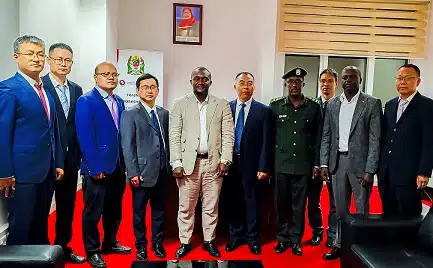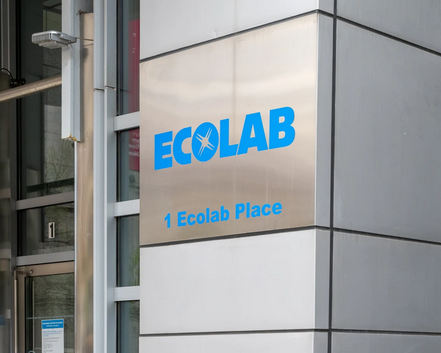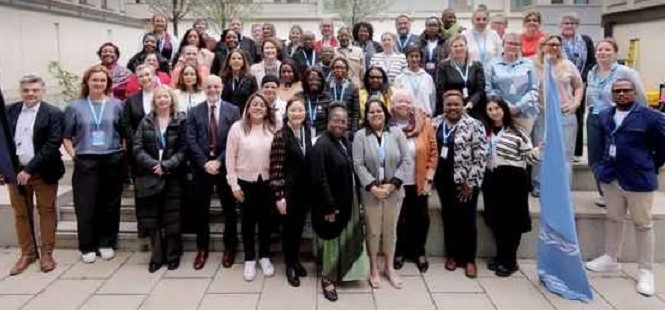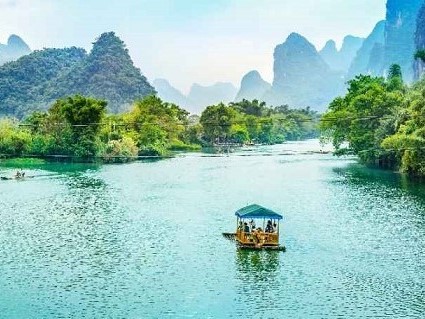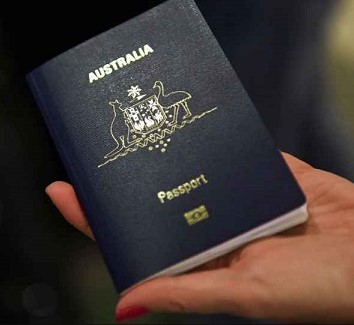China has deployed a team of experts to Tanzania to help support establishing a pioneer geopark project in the northern tourism circuit. With a vast territory and complex geological and geomorphic features, China has 289 national geoparks and 41 UNESCO global geoparks, qualifying Beijing as a leading country in the world in establishing and maintaining geoparks.
Chinese experts will undertake a feasibility study for the establishment of a geopark project in the Ngorongoro Conservation Area as part of a $9.5 million project support pledged by the Beijing government to Tanzania. The Ngorongoro-Lengai Geopark lies between Serengeti National Park in the north and northwest, with Lake Natron to the east, the left arm of the Great Rift Valley to the south, and the Maswa Game Reserve to the west, covering 12,000 square kilometres of rocky hills, lengthy underground caves, lake basins, and hominid discovery sites.
This will be the first geopark in Tanzania and East Africa as well as the first site for geo-tourism in the Sub-Saharan region. The Ngorongoro Lengai Geopark is the second in Africa after the M’Goun Geopark, in Morocco. Welcoming the Chinese experts, the Tanzania Minister of Natural Resources and Tourism, Mr. Mohamed Mchengerwa, said apart from enhancing conservation of geo-features, the project will also develop new geo and landscape tourism products, build a state-of-the-art geological museum, and install cutting-edge scientific devices to monitor and detect geo-hazards, as well as build capacity for local experts.
“The project with [a] $9.5 million package, is part of the bilateral agreement signed between Tanzania and China during the President Dr. Samia Suluhu Hassan’s maiden state visit to Beijing in November 2022,” Mr. Mchengerwa told journalists, adding “Implementation of the Ngorongoro-Lengai Geopark project will take 2.5 years.”
Ngorongoro Conservation Area Authority (NCAA) Deputy Conservation Commissioner, Mr. Elibariki Bajuta, said: “Ngorongoro-Lengai Geopark will complement our President Dr. Samia’s painstaking initiatives to expand the tourism attractions in her latest efforts to make tourists stay longer in the country.” The United Nations Educational Scientific and Cultural Organisation (UNESCO) recently endorsed the Ngorongoro-Lengai Global Geopark, thanks to the aforementioned features.
Geo-tourism is a new concept in tourism and that sustains or enhances the distinctive geographical character of a given precinct including the area’s environment, heritage, aesthetics, tradition, culture, and the well-being of its residents, and in this particular case, the Ngorongoro-Lengai entity ticks all boxes, Mr. Bajuta explained. The Ngorongoro-Lengai Geopark encompasses the 3 districts of Ngorongoro, Karatu, and Monduli in Arusha.
The Ngorongoro-Lengai Geopark comprises ancient Datoga tombs; Caldera Route covering, among other sites; Irkepus Village; Old German House; Hippo Pool and Seneto springs; the active Oldonyo-Lengai Volcano; and the Empakai Crater. Mr. Bajuta said: “While tourists from [the] USA and Europe favor game driving into national parks to view wildlife, the Chinese and other Asians are different.” According to him, tourists from China, Korea, Japan, and other Asian countries prefer exploring landscapes, mountains, caves, gorges, and other geological features.



